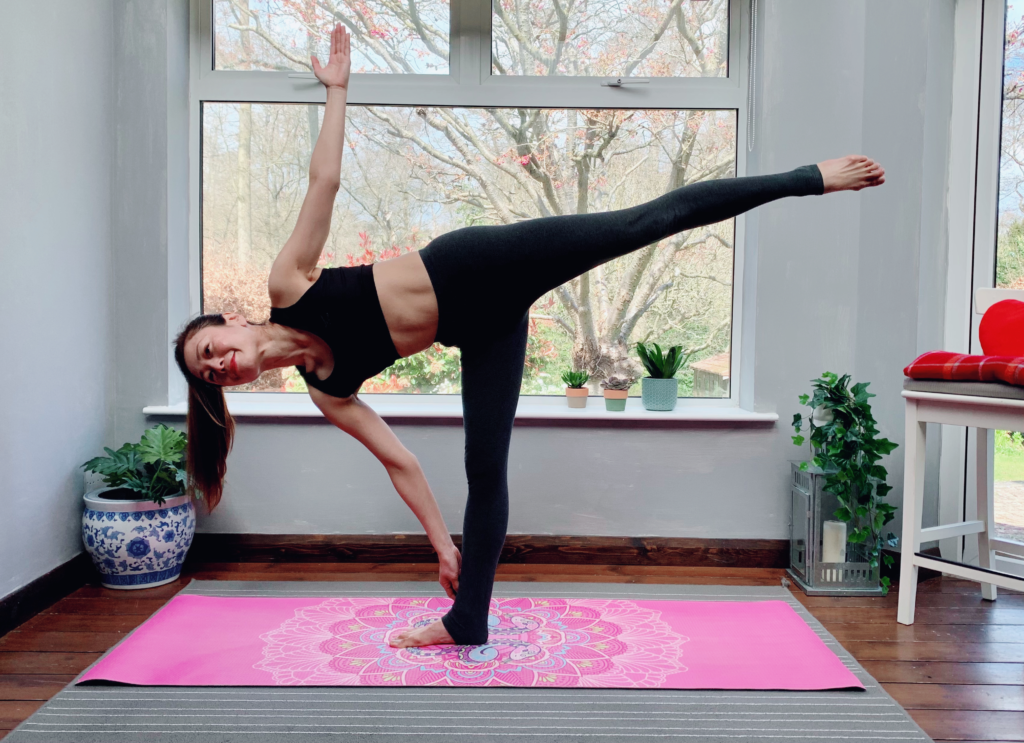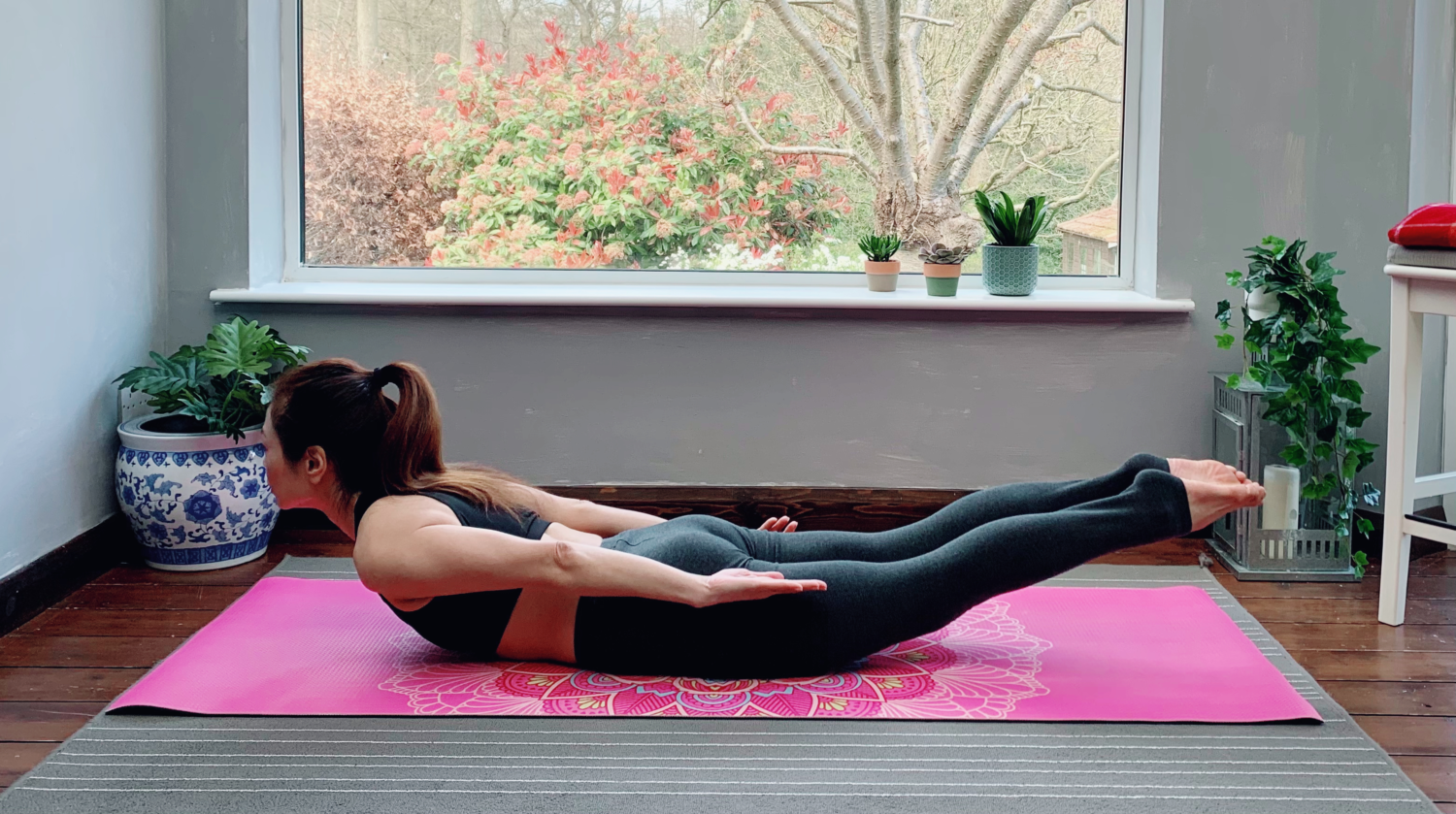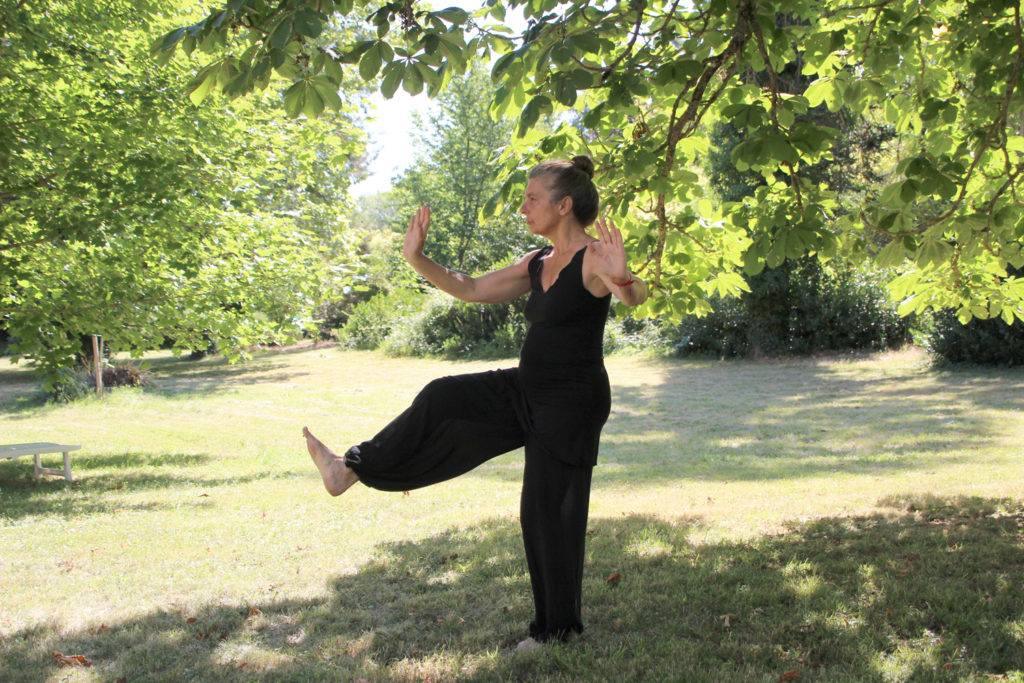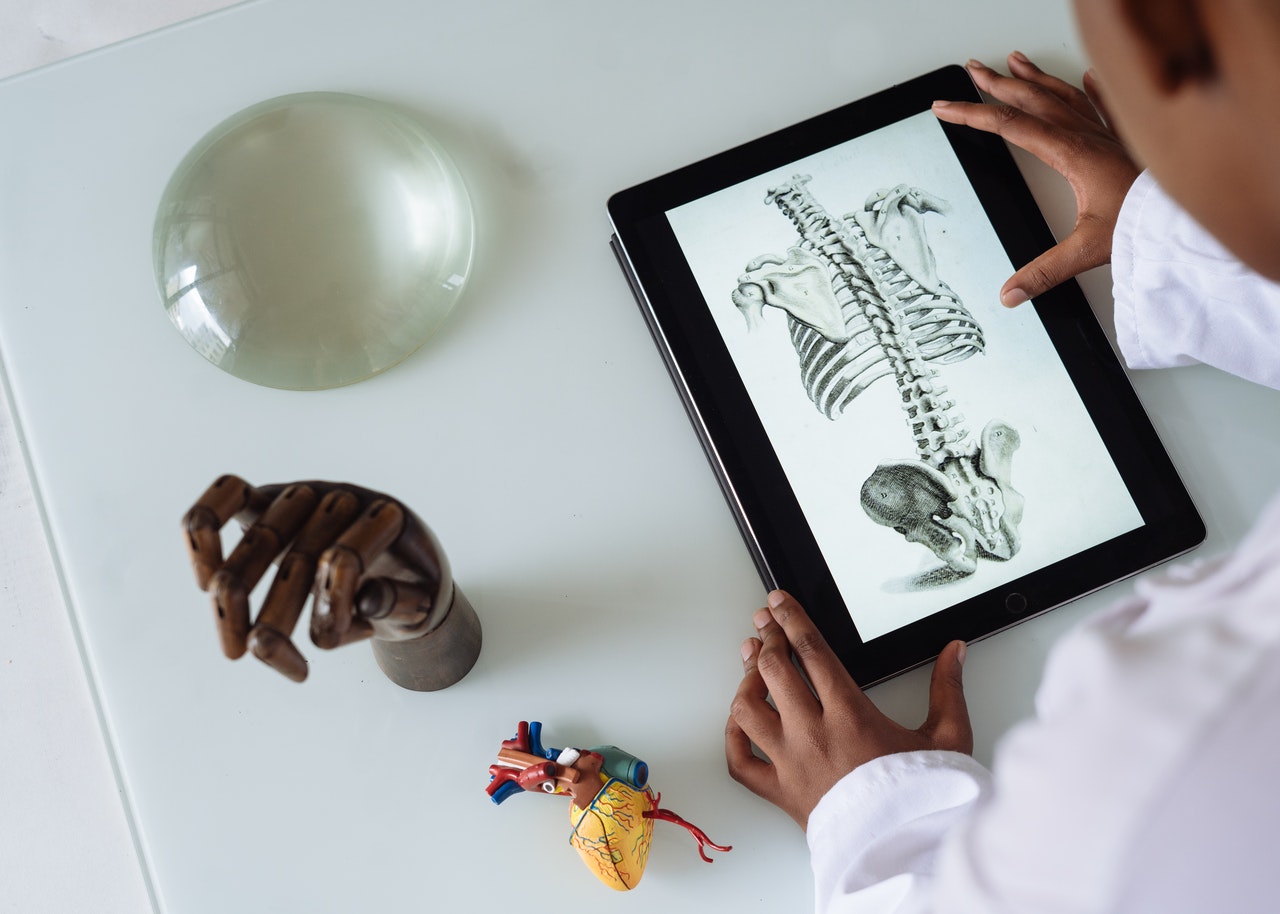“One kiss from him and I’m weak in the knees”
The phrase “weak in the knees” was originated to convey blood leaving someone’s system and he/she has been left weak, overcome with desire. However, for those suffering physically from weak knees, it’s nothing to take lightly. As a joint that bears a substantial amount of body weight when engaging in daily activities, weak knees cause pain, instability, and overall a sense of unease. It may come in the form of sudden weakness, where the pain sensations last only a few seconds, or it comes on over weeks.
Causes of weak knees
- Ligament damage – damage in one of the 4 ligaments – anterior cruciate ligament (ACL), posterior cruciate ligament (PCL), medial collateral ligament (MCL), lateral collateral ligament (LCL). An ACL tear usually happens with sudden movements, such as an unexpected change in direction during sports. A PCL tear happens when force is exerted on the front of the knee. It can happen from a fall or if the shin is forcefully hit from the front. An MCL tear happens with forces exerted at the sides of the knees. An LCL tear happens when there is a direct blow to the inside of the knee. The MCL is vulnerable in any sport that requires sudden stops, such as basketball or skiing.
- Patellar instability – the patella is the term for the knee cap. It is attached to ligaments and tendons that stabilize it. Naturally, the patella glides through a track in front of the thigh bone at the knee called the patellofemoral groove. A direct acute injury from a sport or accident or an unnatural twisting motion can dislocate it from the groove.
- Muscle weakness from lack of activity – if the muscles around the knee are not receiving proper physical activity, they will weaken over time. The quadriceps, hamstrings, and gastrocnemius are the most important muscles responsible for stabilizing the knee.
- Nerve damage – located near the groin, the femoral nerve is one of the largest nerves in your leg. It controls the muscles that help straighten your leg and move your hips. It’s responsible for the sensations in the lower part of your leg and front of your thigh. When this nerve is damaged, it affects your ability to take part in any physical activity that requires your legs to bear weight.
The good news is you can take preventative measures. If you search for treatments for weak knees, you’ll most commonly come across suggestions for strengthening the muscles that support the knee. Strengthening exercises are important and are effective for treating weak knees. If you have experienced ligament damage or another injury, the strengthening exercises can also work in rehabilitation.
Knee strengthening exercises
- Half moon bends
- Begin with the right leg forward. Bend your right knee softly and bring your left hand to your hip.
- Shift your weight forward and bring your right hand to the floor or on a block in front of your right foot.
- Begin to straighten your right leg while simultaneously lifting your left foot off the floor. Keep your left leg as straight as possible.
- Open your hips, stacking the left hip point on top of the right hip point.
- Bring your left leg up to be parallel to the floor. Flex your left foot strongly with the toes pointing toward the left side of the room.
- Bend and straighten the right knee 10 times.
- Repeat on the left side.

- Chair pose squats
- Stand with your feet hip-distance apart.
- Bend your knees and towards a 90° bend in your knees.
- Send your weight back to heels. Get as close to the 90° bend in your knees without losing balance on your heels.
- Raise your arms overhead, with your palms facing each other without arching your lower back.
- Come back to a neutral standing position.
- Repeat that sequence 10 times.
- Locust lifts
- Lie on your belly, with the chin on the floor, legs together and arms alongside the body, with the palms down.
- Inhale and lengthen the legs, reaching the toes away from your body.
- Engage the hamstrings and the glutes and lift up the legs until the upper thighs are off the floor.
- Lift and lower the legs 10x.

Strengthening did not work. Now what?
When conventional methods fail, there are some out-of-the-box that work. The body is a system and every component is connected. After injury, especially if there is nerve damage, the brain’s integrated map of that system and how each part should function is scrambled. When a body part is injured, its representation in the brain’s mental map becomes smaller and, in some cases, even disappears. Additionally, while the body is recovering, the brain will try to protect the body from further injury. You’d think that once the injury heals, everything is back online just as it was before. That’s not quite what happens. Instead, the new protective pattern that excludes the engagement of affected muscles is now the default. For the system to work as a whole again to functionally integrate the excluded muscles, it needs to have an experience of integrated movement with ease. Integrated movement practices can be extremely beneficial when combined with strengthening exercises. Integrated movements require you to make finely tuned and differentiate movements that can increase the representation of the body part in the mental map. This is often referred to as “increased body awareness”.
Integrated movement practices
Tai Chi
Tai chi is a mind-body practice that involves a series of slow, flowing exercises that combine movement, meditation, and rhythmic breathing. It was developed in ancient China, initially for self-defense, over 2000 years ago. In more recent history, tai chi meditation was further developed by Chen Wangting around 1670 and later, Yang Lu Chan. Each posture slowly flows into the next without pause, ensuring that your body is mindfully in constant motion.

Vinyasa Yoga
Vinyasa is a popular style of yoga characterized by stringing postures together so that you move from one to another, seamlessly, using breath. It is commonly referred to as “flow” yoga. No two vinyasa classes are alike and physical asana levels are wide ranging. Even the degree of fluidity between the postures in a flow will vary from class to class. The key to using vinyasa yoga when using it to increase the functionality of your knees, identify a gentle, low-impact flow class with constant movement, flowing from one posture to another.
Feldenkrais Method Exercises
The Feldenkrais Method was devised by Israeli Moshé Feldenkrais during the mid-20th century. It’s developed on the principle that the mind and bodywork as one unified system where the whole is far greater than the sum of its parts. The exercises reorganize and remap connections between the brain and body to improve body movement while improving psychological state. Impaired connections between the motor cortex and the body can be repaired, increasing the quality and ease of body movement. In a session, practitioners close their eyes and the Feldenkrais guide directs attention to habitual movement patterns that are thought to be inefficient or strained and attempt to teach new patterns using gentle, slow, repeated movements. The key is moving slowly with great attention internally to details. Slow repetition is believed to be necessary to impart a new habit and allow the body to accept it as a default.
Alexander Technique Exercises
The Alexander Technique was created by Frederick Matthias Alexander over many years, initially to eliminate his vocal problems. It is rooted in the principle that poor posture gives rise to all kinds of health problems. Similar to the Feldenkrais Method, the Alexander Technique works through psycho-sensory education. Individuals are taught to identify habits that may be the cause of unnecessary and extra discomfort. The main difference with the Feldenkrais Method, the guide will not address the posture directly, but rather, just encouraging the practitioner to heighten his awareness and increase his curiosity around granular details of body sensation. In the Alexander technique, the teacher provides clear and specific direction to the practitioner and directs toward a targeted outcome.
For more on healthy knees, check out our schedule where you’ll find classes targeting specific body areas or try a personalized session with one of our instructors.


